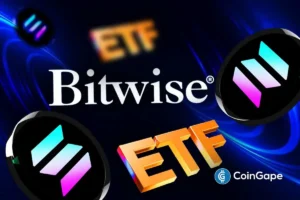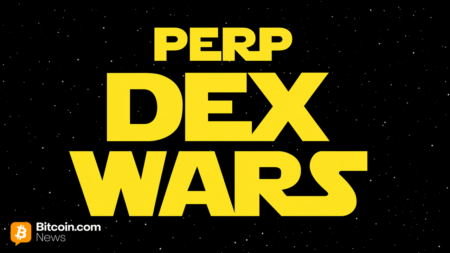Sony’s Bold Move into Web3: The Launch of Soneium
As the digital landscape evolves, Sony is stepping into the limelight with the launch of Soneium, its groundbreaking initiative aimed at bridging the gap between mainstream audiences and Web3 technology. The company, known for its innovative approach to entertainment and gaming, recognizes the potential of decentralized technologies and aims to pave the way for a more inclusive digital future. This article explores Sony’s vision for Soneium, underscoring the importance of this launch for both the company and the broader Web3 community.
Soneium represents more than just a product; it reflects Sony’s commitment to making Web3 accessible to everyone. Unlike its earlier ventures into blockchain technology, Soneium is designed to simplify complex concepts associated with Web3, enabling everyday users to engage with decentralized applications (dApps) and non-fungible tokens (NFTs) seamlessly. By focusing on user experience and education, Sony is setting itself apart as a leader not only in technology but in guiding consumers through this digital transformation.
The initiative comes at a time when interest in Web3 is surging, yet many potential users remain intimidated by its complexities. Soneium aims to demystify the inherent challenges of cryptocurrencies, NFTs, and blockchain technology. By offering educational resources, tutorials, and user-friendly interfaces, Sony is dedicated to equipping users with the knowledge they need to navigate this new terrain. This strategic approach is essential for fostering a broader understanding and acceptance of Web3 technologies among mainstream audiences.
Moreover, the role of NFTs in the Soneium ecosystem cannot be overstated. Sony plans to leverage its extensive catalog of intellectual properties, enhancing the possibilities for creators, gamers, and artists. By allowing users to buy, sell, and trade digital assets tied to popular franchises, Sony is creating a dynamic marketplace that enriches fan engagement and offers new revenue streams for developers. This innovative approach not only showcases the potential for monetization within Web3 but also highlights Sony’s dedication to enhancing fan interaction in this evolving digital age.
As part of Soneium’s launch, Sony is also creating partnerships with other players in the Web3 space. Collaborating with established platforms and innovators will help Soneium gain visibility and credibility, ensuring that it becomes a recognized name in the industry. These partnerships will likely focus on enhancing blockchain interoperability and creating shared ecosystems that benefit users. The collaborative spirit is essential in building a robust foundation for Web3, and Sony’s involvement could catalyze a surge of interest and participation from diverse demographics.
In conclusion, the launch of Soneium marks a pivotal moment for Sony as it ventures into the realms of Web3 technology. By prioritizing user accessibility, education, and collaboration, Sony is positioning itself as a vital link for mainstream audiences to engage with blockchain innovations. As the digital landscape continues to evolve, Soneium stands at the forefront of this transformation, promising an inclusive and exciting future within the crypto space. For those interested in the intersection of entertainment and technology, Soneium offers a glimpse into the vast possibilities that lie ahead in the world of Web3.
















